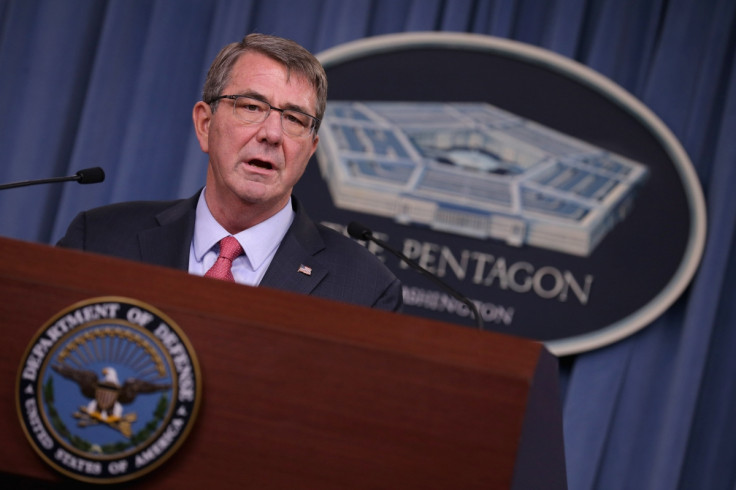Swarmbots, smart bombs and hypersonic guns: Pentagon reveals plans for weapons of the future

The Pentagon has set its sights firmly on the future of warfare after announcing its plans to increase the amount of budget for its research and development, which would see next-gen weaponry ranging from robot swarms to smart bombs.
The US Defence Secretary Ash Carter has proposed an increase in the amount of spending to develop the latest technology to fight high-tech wars where he believes the likes of Russia, China and Isis (Daesh) are posing an increasing threat.

"We must demonstrate to potential foes that if they start a war, we have the capability to win. In this context, Russia and China are our most stressing competitors. They have developed and are continuing to advance military systems that seek to threaten our advantages in specific areas," said Carter.
On top of the $583bn (£399bn) being requested for 2017 there would also be $71bn to help the research and development arm of the Department of Defence (DoD) to build futuristic fighting machines. The details of what is being testing in the secretive labs of the Strategic Capabilities Office was revealed by Carter.
Future warfare: Swarmbots
It sounds like something from a sci-fi horror movie but the US working on flying swarms of tiny drones that can attack enemies on a large and precise scale. Carter disclosed that the swarmbots are "really fast, really resistant," he said. "They can fly through heavy winds and be kicked out the back of a fighter jet moving at Mach 0.9, like they did during an operational exercise in Alaska last year, or they can be thrown into the air by a soldier in the middle of the Iraqi desert."
It wasn't just through the air where Carter sees robotic swarms attacking enemies as he revealed fleets of autonomous boats could conduct intricate manoeuvres. "For the water, SCO developed self-driving boats which an network together to do all kinds of missions, from fleet defence to close-in surveillance, without putting sailors at risk."
Scientists have already shown that robot swarms can exist, just like the scarily impressive display put on by Harvard researchers in this video:
It's been no secret the US military sees autonomous weaponry an integral part of its future with drones featuring a major part in operations for many years. However, the US military hasn't been having much luck with them of late with a number of the high-priced pieces of kit malfunctioning.
Future warfare: Smart bombs
In the future, militaries will no longer drop a bomb in the hope of hitting a target (or worse, hoping to not hit something they shouldn't) – instead bombs will be able to guide themselves to targets using tiny embedded cameras. The bombs would use "the same kinds of micro-cameras and sensors that are littered throughout our smartphones today, and putting them on our Small Diameter Bombs to augment their targeting capabilities."
Future warfare: Mini railguns
As Defense One explains, there is an increased interest in direct energy and electromagnetic rail guns, which can fire out shells at hypersonic speeds. The plan is for US Navy destroyers to feature miniaturised versions of the substantially-sized railgun to shoot down incoming missiles.
"The five-inch guns at the front of every Navy destroyer, and also the hundreds of Army Paladin self-propelled howitzers. This way, instead of spending more money on more expensive interceptors, we can turn past offence into future defence," said Carter.
Future warfare: Arsenal planes
One other sneak peak that was divulged is the idea of using older generations of planes as "flying launch pads for all sorts of different conventional payloads." What this means is the more lumbering aircraft can serve as a hammer blow after more stealthy jet fighters have swooped in and taken out enemy radar. It's less technically-sophisticated than robots or self-guiding bombs but a plan of the future nonetheless.
© Copyright IBTimes 2025. All rights reserved.






















